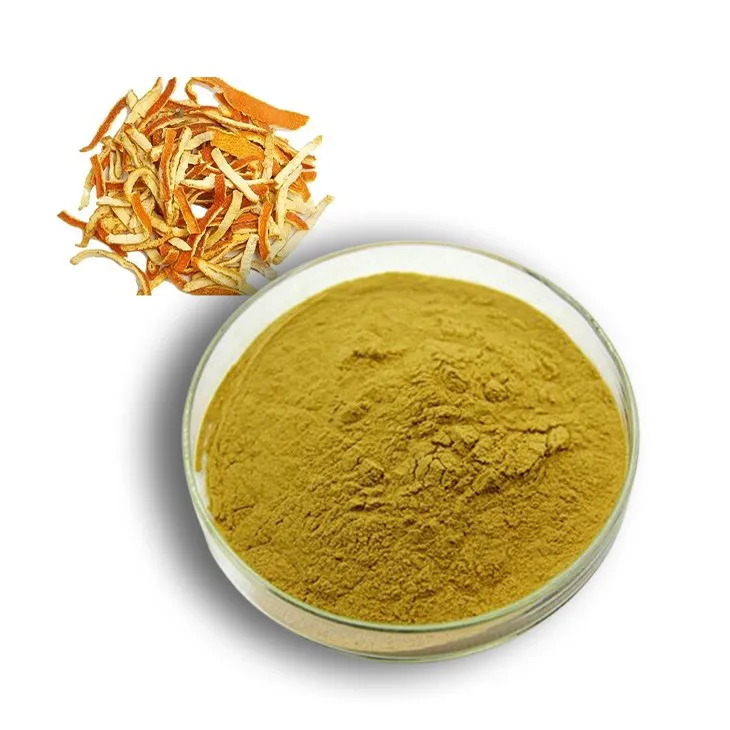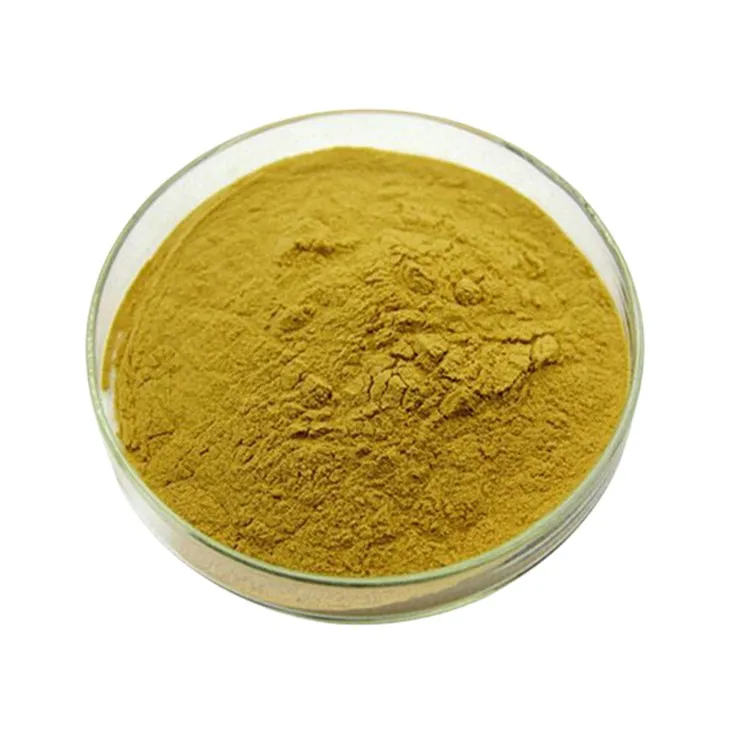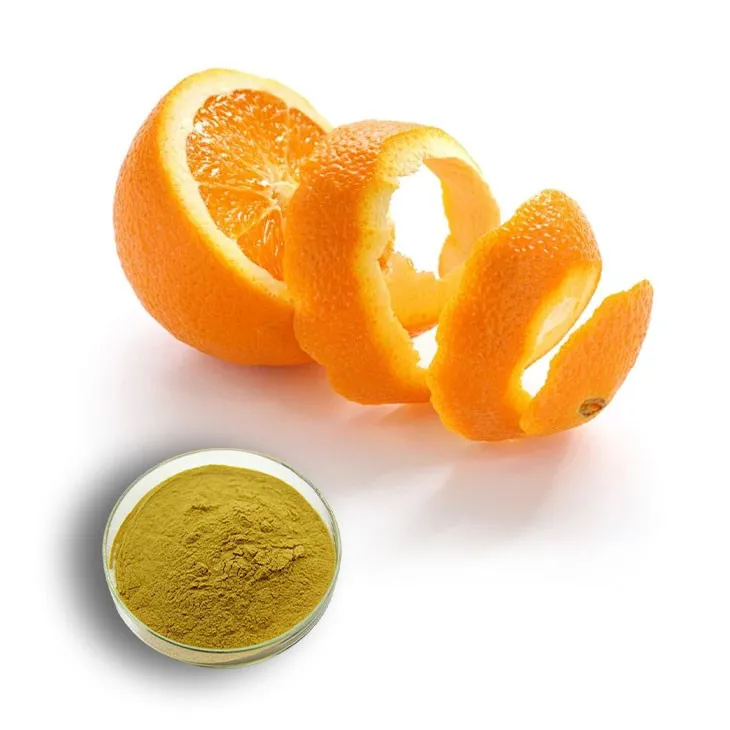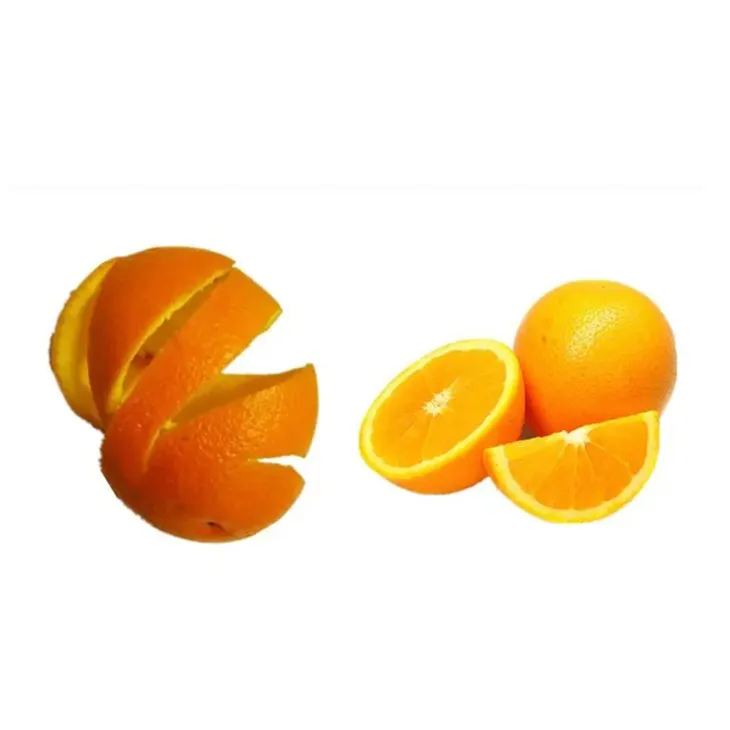- 0086-571-85302990
- sales@greenskybio.com
Is hesperidin beneficial for diabetes? Are these all safe and applicable for diabetic patients?
2024-11-14

1. Introduction
Diabetes has become a global health epidemic, with its prevalence steadily increasing over the years. As a result, there is a growing search for natural compounds that could potentially help in the management of this disease. Hesperidin is one such compound that has caught the attention of researchers. Hesperidin is a flavanone glycoside commonly found in citrus fruits such as oranges, lemons, and grapefruits. It has been associated with various health benefits in general, but its relation to diabetes specifically is an area of intense study. This article aims to comprehensively analyze whether Hesperidin is beneficial for diabetes and whether it is safe and applicable for diabetic patients.

2. The Role of Hesperidin in Diabetes Management
2.1. Glucose Regulation
One of the key aspects in diabetes management is the regulation of blood glucose levels. Studies have suggested that hesperidin may play a role in this regard. It has been shown to improve insulin sensitivity in some experimental models. Insulin sensitivity is crucial as in diabetes, especially type 2 diabetes, the body's cells become resistant to the action of insulin. By enhancing insulin sensitivity, hesperidin may help the cells to better respond to insulin, thereby facilitating the uptake of glucose from the bloodstream. This, in turn, can lead to a reduction in blood glucose levels.
Furthermore, hesperidin may also influence the production and secretion of insulin. In some in - vitro and animal studies, it has been observed that hesperidin can stimulate pancreatic beta - cells, which are responsible for insulin production. This stimulation could potentially increase the amount of insulin available in the body, which is beneficial for diabetic patients who often have insufficient insulin production or impaired insulin function.
2.2. Anti - Inflammatory Effects
Chronic inflammation is often associated with diabetes. High blood glucose levels can lead to the activation of inflammatory pathways in the body. Hesperidin has been shown to possess anti - inflammatory properties. It can inhibit the production of pro - inflammatory cytokines such as interleukin - 6 (IL - 6) and tumor necrosis factor - alpha (TNF - α). By reducing inflammation, hesperidin may help to alleviate some of the complications associated with diabetes. For example, diabetic neuropathy, which is often related to inflammation in the nerves, may potentially be improved with the anti - inflammatory effects of hesperidin.
2.3. Antioxidant Activity
Oxidative stress is another factor that is closely linked to diabetes. High blood glucose levels can generate reactive oxygen species (ROS), which can damage cells and tissues. Hesperidin is a potent antioxidant. It can scavenge free radicals and reduce oxidative stress. This antioxidant activity can protect the pancreatic beta - cells from damage caused by ROS. Since the pancreatic beta - cells are essential for insulin production, protecting them can be beneficial for diabetes management. Additionally, by reducing oxidative stress throughout the body, hesperidin may also help in preventing or delaying the development of diabetic complications such as retinopathy, nephropathy, and cardiovascular diseases.

3. Safety of Hesperidin for Diabetic Patients
3.1. General Safety Profile
Hesperidin is generally considered safe when consumed in normal dietary amounts. It is a natural compound found in common fruits, and people have been consuming citrus fruits containing hesperidin for a long time without significant adverse effects. However, when considering its use as a supplement for diabetic patients, some aspects need to be carefully evaluated.
3.2. Drug - Interaction Potential
Diabetic patients often take medications to control their blood glucose levels. There is a possibility that hesperidin may interact with these medications. For example, if hesperidin enhances insulin sensitivity or insulin production too much in combination with diabetes medications, it could lead to hypoglycemia (low blood glucose levels). Therefore, it is crucial to study the potential drug - interactions of hesperidin with common diabetes drugs such as metformin, sulfonylureas, and insulin itself. Some in - vitro and pre - clinical studies have been initiated to explore these interactions, but more comprehensive research, especially in human subjects, is still needed.
3.3. Allergic Reactions
Although rare, allergic reactions to hesperidin are possible. Since it is a compound from citrus fruits, individuals with citrus allergies may be at risk of having an allergic reaction to hesperidin supplements. Symptoms of an allergic reaction may include skin rashes, itching, swelling, and in severe cases, difficulty breathing. Diabetic patients should be aware of this potential risk and consult a healthcare provider if they have a history of citrus allergies before taking hesperidin supplements.

4. Applicability of Hesperidin for Diabetic Patients
4.1. Dietary Sources
One of the simplest ways for diabetic patients to obtain hesperidin is through dietary sources. Citrus fruits are rich in hesperidin. Incorporating oranges, lemons, or grapefruits into the diet can be a natural way to increase hesperidin intake. However, it is important to note that these fruits also contain natural sugars. Diabetic patients need to balance their fruit consumption to avoid excessive blood glucose spikes. For example, they can choose to eat small portions of citrus fruits in combination with other foods such as nuts or low - glycemic - index vegetables to slow down the absorption of sugars.
4.2. Supplement Use
If diabetic patients choose to use hesperidin supplements, they should do so under the guidance of a healthcare provider. Supplements are available in different forms and dosages. The appropriate dosage may vary depending on factors such as the patient's age, gender, overall health status, and the severity of their diabetes. It is also important to ensure that the supplements are from a reliable source to avoid potential contaminants or inaccurate labeling.

5. Conclusion
In conclusion, hesperidin shows promising potential in diabetes management. Its effects on glucose regulation, anti - inflammatory, and antioxidant activities suggest that it could be beneficial for diabetic patients. However, when considering its safety and applicability, there are several factors that need to be carefully addressed. The potential for drug - interactions and allergic reactions, as well as the need for proper dosage and source when using supplements, all require further investigation. Overall, more research, especially in large - scale human clinical trials, is needed to fully determine whether hesperidin is truly safe and effective for diabetic patients. Until then, diabetic patients should approach hesperidin use with caution and always consult their healthcare providers.
FAQ:
1. What is hesperidin?
Hesperidin is a flavanone glycoside found mainly in citrus fruits. It has antioxidant, anti - inflammatory, and other properties that are being studied for various health benefits.
2. How could hesperidin potentially benefit diabetes?
Some studies suggest that hesperidin may help in diabetes by improving insulin sensitivity. It might also have an impact on blood glucose regulation by influencing certain cellular pathways involved in glucose metabolism. Additionally, its antioxidant properties could reduce oxidative stress, which is often elevated in diabetes and can contribute to complications.
3. Are there any clinical trials showing hesperidin's effect on diabetes?
Yes, there have been several clinical trials. Some of these trials have shown promising results in terms of hesperidin's ability to lower blood glucose levels or improve markers related to diabetes control. However, more research is still needed to fully establish its efficacy and the optimal dosage for diabetic patients.
4. Is hesperidin safe for diabetic patients?
In general, hesperidin is considered safe when consumed in normal amounts, such as those obtained from a diet rich in citrus fruits. However, when taken as a supplement in high doses, there may be potential side effects. Diabetic patients should also be cautious as hesperidin may interact with certain medications they are taking for diabetes or other conditions. It is always advisable to consult a healthcare provider before starting any new supplement.
5. Can hesperidin replace diabetes medications?
No. While hesperidin may have some beneficial effects on diabetes, it cannot replace diabetes medications at present. Diabetes medications are specifically designed to control blood glucose levels, and they have been through extensive clinical trials for efficacy and safety. Hesperidin should be seen as a potential complementary approach, but not a substitute.
Related literature
- The Role of Hesperidin in Diabetes Mellitus: A Review of the Current Evidence"
- "Hesperidin and its Impact on Glucose Homeostasis in Diabetic Patients"
- "Beneficial Effects of Hesperidin on Diabetic Complications: A Comprehensive Overview"
- ▶ Hesperidin
- ▶ citrus bioflavonoids
- ▶ plant extract
- ▶ lycopene
- ▶ Diosmin
- ▶ Grape seed extract
- ▶ Sea buckthorn Juice Powder
- ▶ Beetroot powder
- ▶ Hops Extract
- ▶ Artichoke Extract
- ▶ Reishi mushroom extract
- ▶ Astaxanthin
- ▶ Green Tea Extract
- ▶ Curcumin Extract
- ▶ Horse Chestnut Extract
- ▶ Other Problems
- ▶ Boswellia Serrata Extract
- ▶ Resveratrol Extract
- ▶ Marigold Extract
- ▶ Grape Leaf Extract
- ▶ blog3
-
High purity olive leaf extract
2024-11-14
-
Lavender oil extraction method
2024-11-14
-
100% organic virgin sea buckthorn fruit oil
2024-11-14
-
Lotus leaf extract powder factory in China
2024-11-14
-
China aged garlic extract supplier
2024-11-14
-
Deer antler extract powder manufacturer
2024-11-14
-
Saw palmetto extract vs whole herb
2024-11-14
-
Passionflower Extract
2024-11-14
-
Garcinia Cambogia Extract
2024-11-14
-
Feverfew Extract
2024-11-14
-
Chia Seed Powder
2024-11-14
-
Hawthorn Extract
2024-11-14
-
Sophora Flavescens Root Extract
2024-11-14
-
Clove Powder
2024-11-14
-
Cassia Seed Extract
2024-11-14
-
Dan Shen Root Extract/Salvia Root Extract
2024-11-14
-
Red Wine Extract
2024-11-14





















